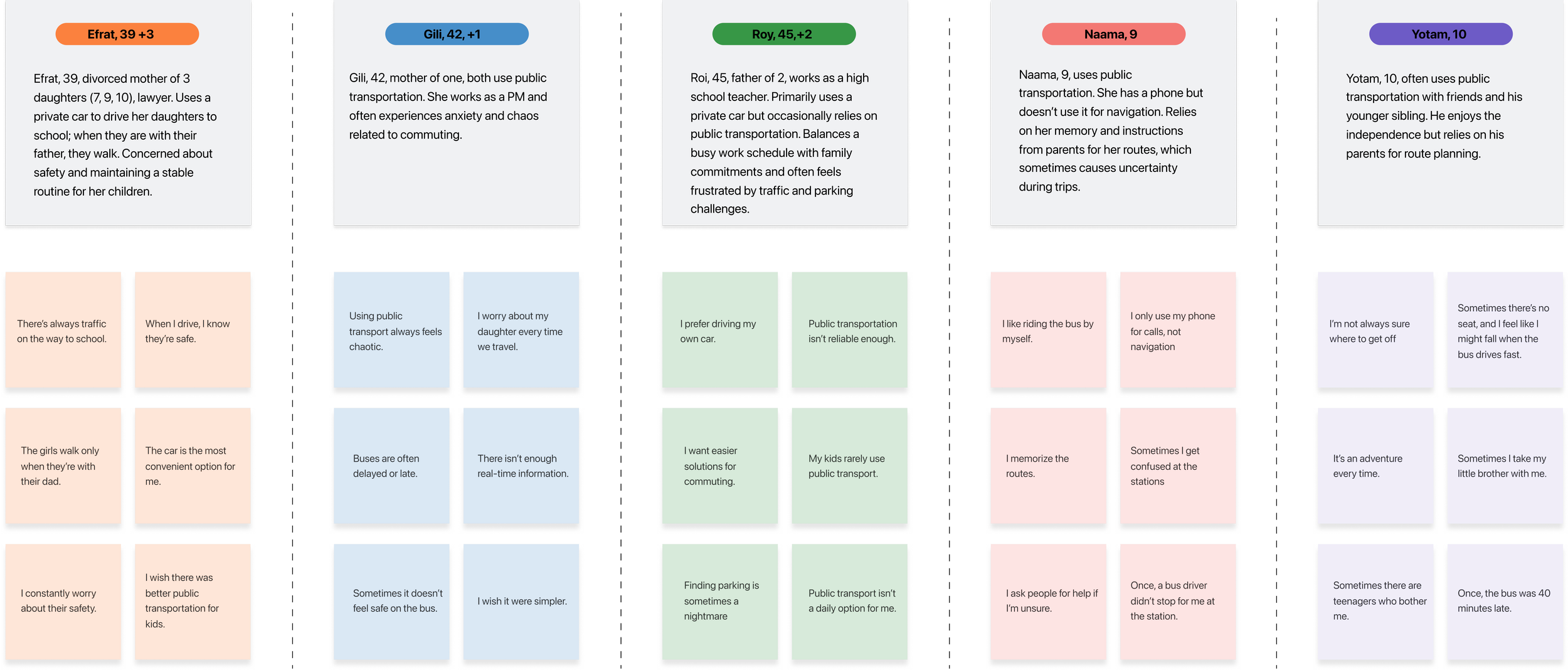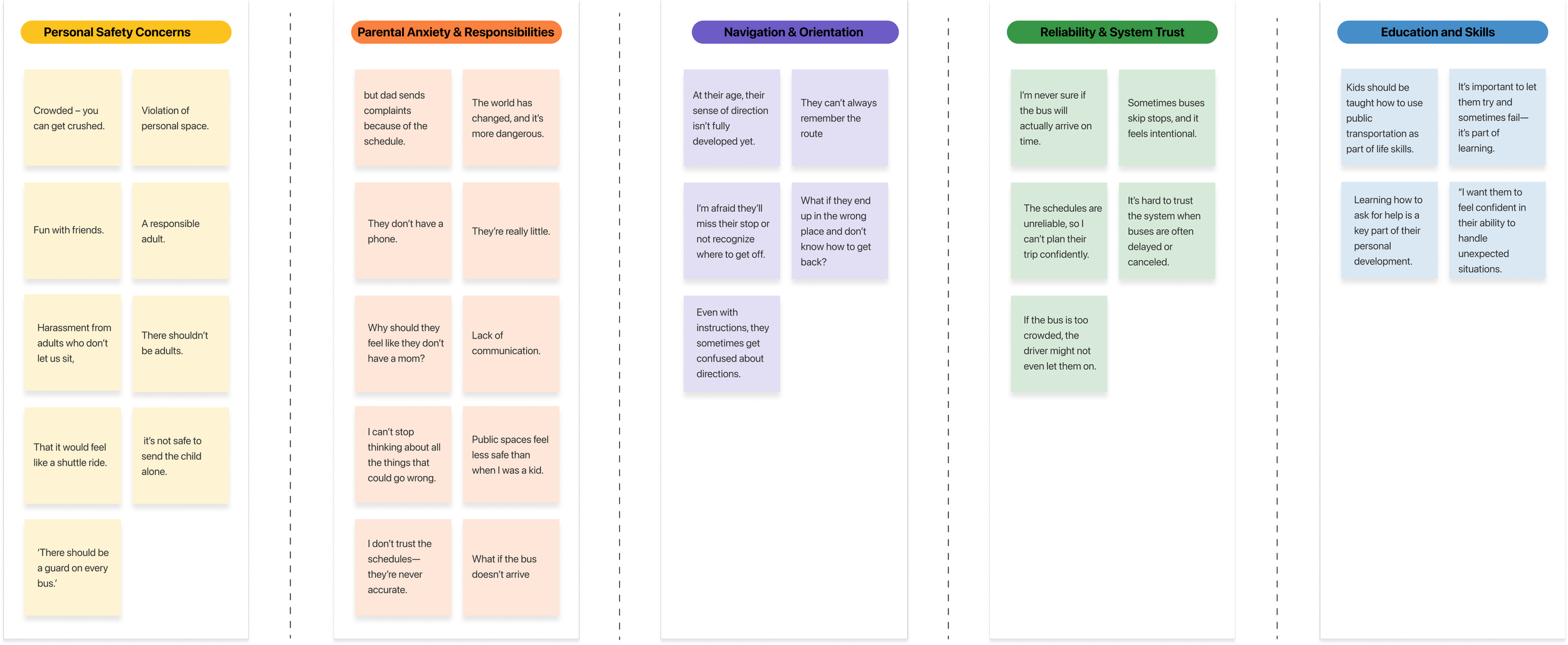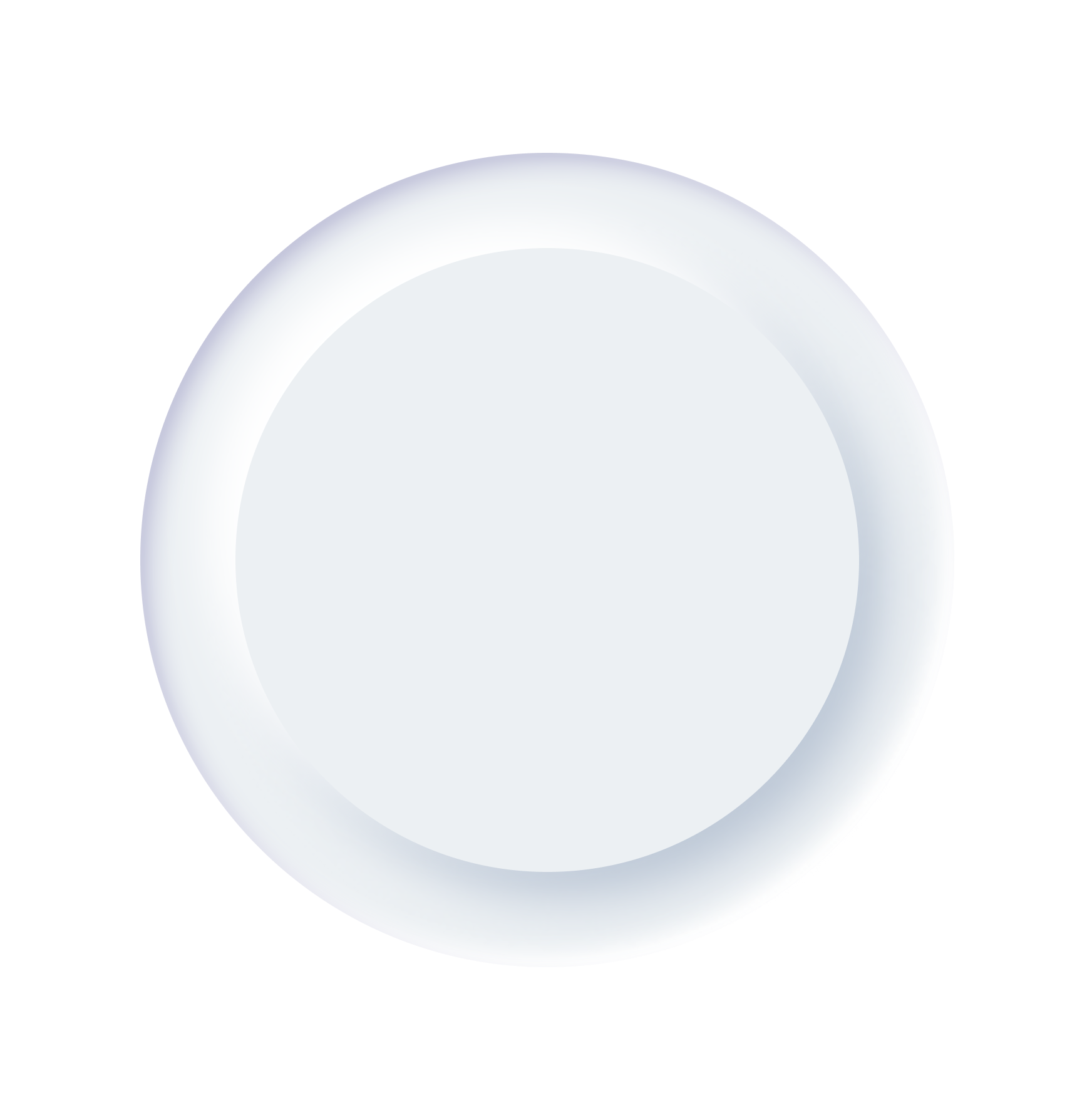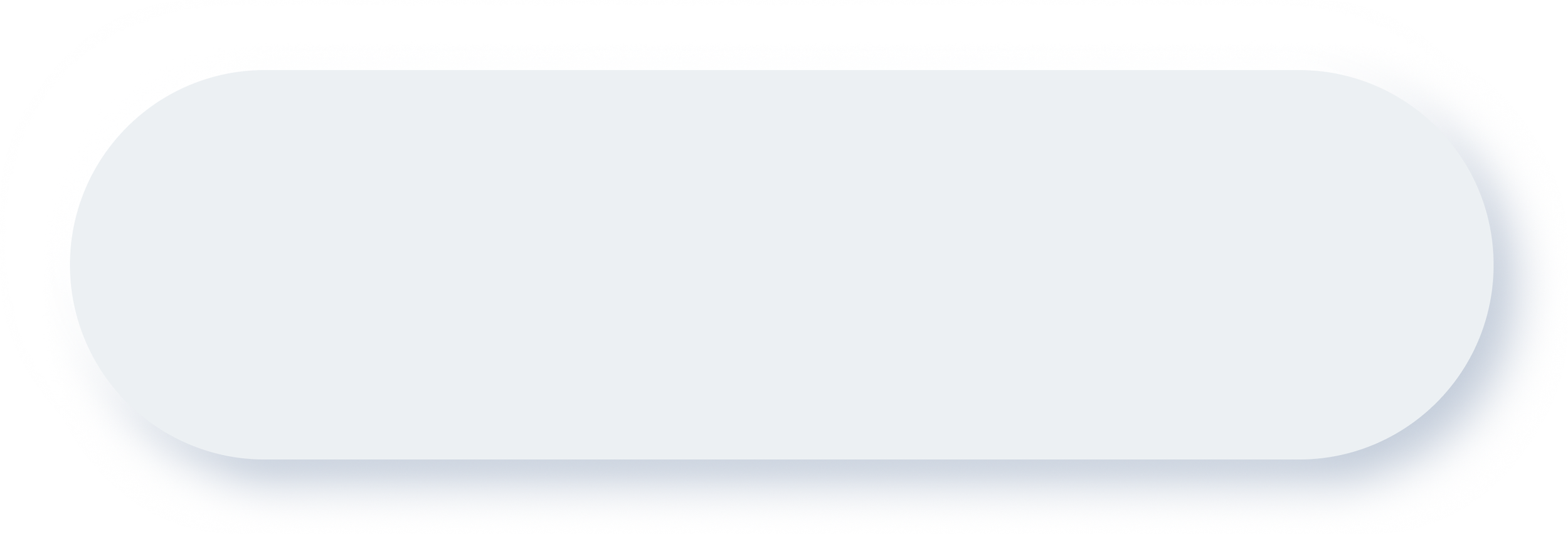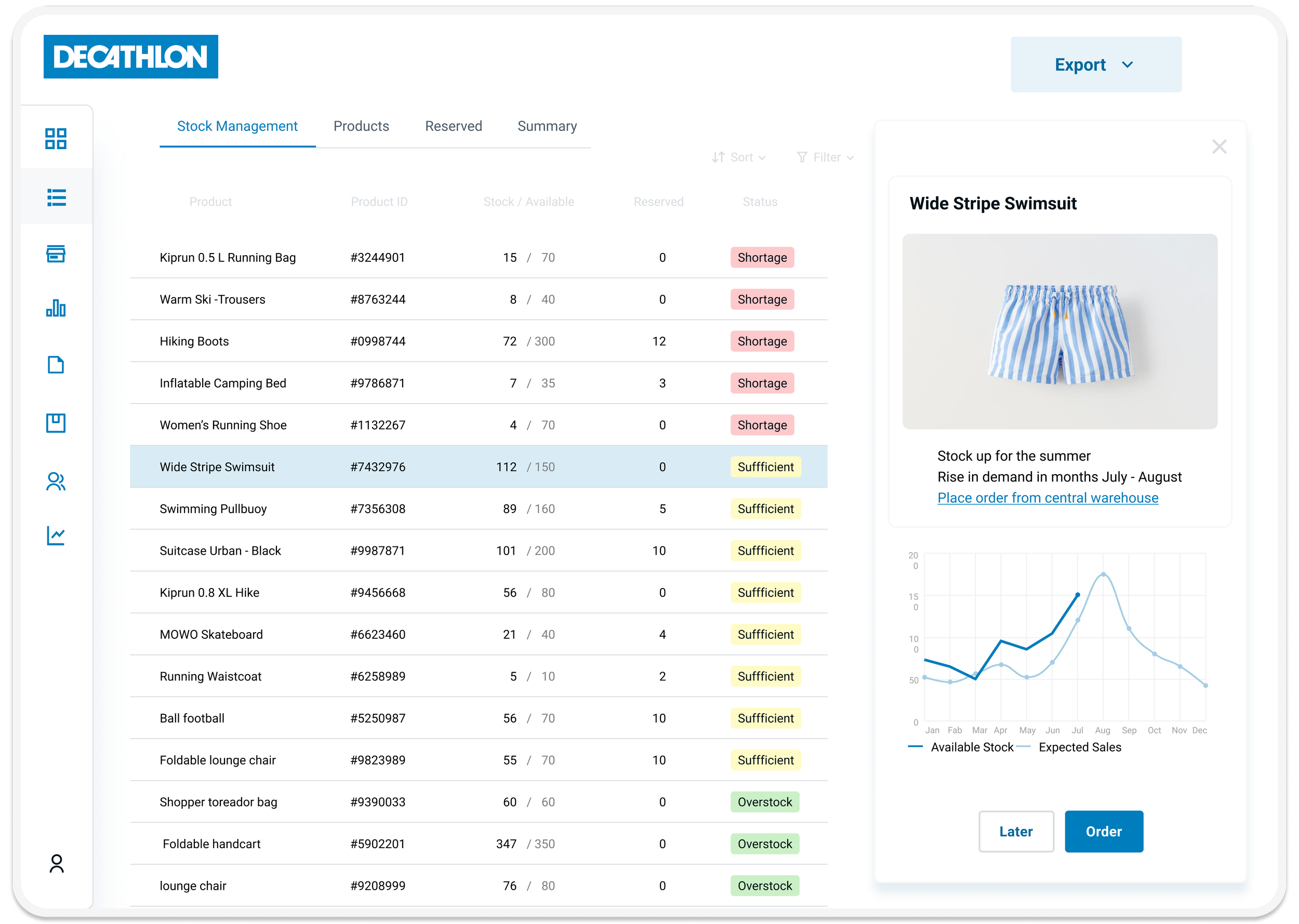Omnio
Public Transit Navigation App for Kids:
A mobile app concept designed to encourage public transportation use through intuitive UX design and research-driven insights, simplifying trip planning and enhancing user engagement.
Overview
This case study is divided into two distinct parts, each showcasing a unique phase of research and design:
Part 1: Team Research and Collaboration
The first part of this case study was conducted as part of a UX research course titled “Entrepreneurship and Innovation through Design Thinking” at Bezalel Academy in 2023. The course was led by Roi Biger and Naomi Sleiny, and the project was executed collaboratively by a team of four:
Hadass Azrieli, Esti Jingjishvili, Ayelet Onono, and Efrat Shani.
Together, we carried out comprehensive research to understand the challenges of encouraging public transportation use. Our project stood out as the top submission among nine groups in the course, earning the honor of being showcased at the Bloomberg Innovation Foundation conference, a testament to its innovative approach and potential impact.
Exploratory Research
Field Research: Conducted in-depth observations to analyze user behaviors, preferences, and pain points associated with private vehicle usage and public transportation.
Research
Data Collection: Compiled insights from diverse sources, including news articles, official reports, social media discussions, and public datasets, (accurate for Israel, 2023).
Here are some findings from the data collection process:
960k
children travel daily on public transportation.
83%
of children aged 8-15 own a mobile phone.
15%
of children with mobile phones utilize public transportation navigation apps.
Despite 83% of children aged 8-15 owning mobile phones, only 15% use them for public transportation navigation
There’s a gap in app adoption among young users, likely due to usability issues or misalignment with their needs, presenting an opportunity to design a more intuitive, child-friendly navigation app.
Target Audience Definition:
Based on data collected during the research, we defined the target audience by age group. In Israel, age 9 is considered the recommended age for independent road crossing, leading us to focus on children aged 9-14. This age group represents a critical stage for developing independent mobility and integrating public transportation into their daily routines.
Stakeholder Mapping:
Interviews
We interviewed parents and children, including both users and non-users of public transport, to explore their experiences, pain points, and motivations.
This helped identify key challenges, barriers, and unmet needs shaping their interactions with public transportation.
Here are some users’ quotes:
-“Adults harass us by not letting us sit, and sometimes teenagers bother us too.”
-“She’s afraid she can’t protect herself because of her age and gender. ״
-”I wish there was a kids’ area.”
-“The security situation is scary.”
-“...Adults pushing into us.”
Affinity Mapping
Following the interviews, we synthesized the user research findings using affinity mapping and categorized the insights into distinct themes. This process helped us identify patterns and prioritize user needs effectively.
Defining Opportunity Areas
Through user interviews and affinity mapping, we identified several key insights about users’ challenges and motivations.
Using these insights, we developed HMW questions to address opportunity areas and guide ideation.
User Insight 1:
Children feel anxious about traveling alone on public
transportation and lack the confidence to navigate
it independently.
HMW Question:
How might we help children aged 9–14 feel safe and
confident while traveling alone on public transportation?
Parents struggle with guilt when relying on public
transportation for their children.
User Insight 2:
HMW Question:
How might we help parents feel reassured about their
decision to let their children travel independently on
public transportation?
Ideation:
From Insights to Solutions
During the ideation phase, we conducted a brainstorming session and generated approximately 40 ideas addressing the key challenges identified in our research. Using the How Might We (HMW) framework as a guide, we explored a wide range of potential solutions.
To prioritize and refine our ideas, we used the following criteria:
Does the solution address the most significant pain points for children and parents?
User Impact:
Can the solution be implemented within current technological and logistical constraints?
Feasibility:
Does the solution have the potential to adapt to various use cases and users?
Scalability:
We grouped the ideas into thematic categories, evaluated them based on the criteria above, and conducted team discussions to identify the most impactful and practical concept.
The Conceptual Solution
The solution is a dual navigation app designed for both children and parents, ensuring safety, independence, and seamless communication.
For children, the app offers:
Step-by-step guidance
tailored to their abilities.
Child-Friendly Navigation:
Live tracking of
their journey.
Real-Time Updates:
Schedule & Payment Integration:
Easy-to-use public transport schedules and secure payment options.
Gamified elements to make navigation
fun and engaging.
Interactive Experience:
For parents, the complementary app provides:
Track the child’s location and progress.
Real-Time Monitoring:
Route Oversight:
Approve routes and receive notifications at key points.
A clear overview of the journey,
ensuring control and security.
Peace of Mind:
Work in Progress
-
Work in Progress -
Part 2: Solo Design and App Concept Development
Building on the foundation of the team research, the second part of this case study showcases my solo work, where I expanded upon the research findings to develop an app concept. This section highlights the design process and the solutions I crafted, demonstrating my individual contribution and vision for addressing the identified challenges.
Anthropomorphic Design Research
In this study, I explored the role of anthropomorphic design in enhancing user engagement and emotional connections with products and interfaces. The research examined how human-like traits, such as imperfections and vulnerabilities, can foster empathy and trust in digital and physical systems. Through a combination of user research, case studies, and theoretical analysis, I identified design strategies that humanize technology and create more meaningful interactions.
More Work
Decathlon | Complex Systems Design
Created a robust system supporting Decathlon’s subscription service, addressing the needs of three distinct user roles to optimize flexible, eco-friendly sports equipment rentals.
LinkUp| mobile
Designed a mobile solution empowering community groups and families to effortlessly organize, coordinate, and share event details, focusing on user-centric simplicity and efficiency.








